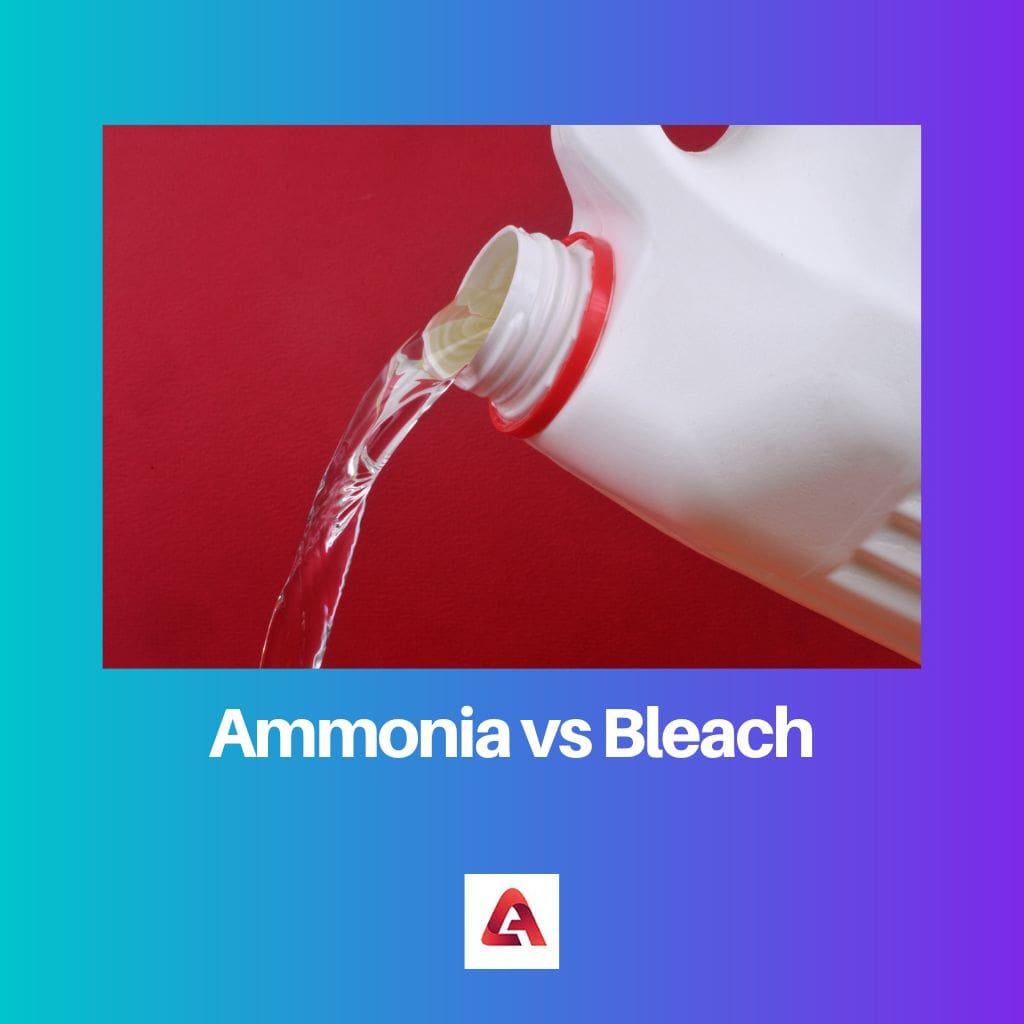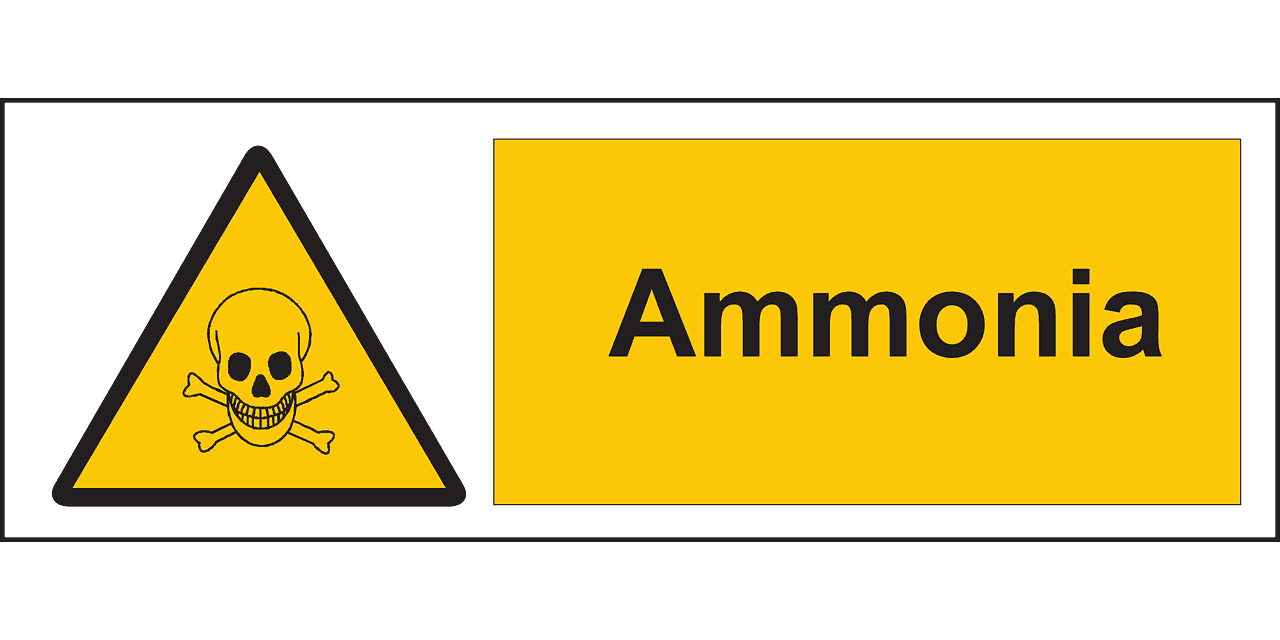Every household has some basic work like cooking, laundry, cleaning, etc., which include a few things to accomplish certain tasks like vegetables and spices for cooking, detergent for laundry, disinfectants and cleaners for cleaning the house, etc. Cleaning should be done regularly in houses as there are germs that can be harmful to kids or even adults and thus needs to be cleaned up properly.
Besides germs, dust and pollution accumulate on surfaces like tile floors, wooden work, etc., so cleaning up is required. Some agents for cleaning available in the market help disinfect or discolour several materials in the house.
Various brands sell these cleaning agents. These are disinfectants and can be fatal if consumed.
It is always advisable to keep them out of the reach of children. They can be hazardous if consumed as they have chemicals which are toxins for the human body.
There are a variety of chemicals for cleaning, but few components are fundamental in all cleaning agents. This constitutes ammonia or bleach.
Key Takeaways
- Ammonia is a nitrogen and hydrogen compound commonly used as a household cleaner, in fertilizers, and in industrial applications.
- Bleach is a chemical compound containing sodium hypochlorite, used for disinfecting, removing stains, and as a whitening agent.
- Combining ammonia and bleach produces toxic chloramine gas, making it crucial never to mix these two cleaning agents.
Ammonia vs Bleach
Ammonia is an oxidizing agent used for cleansing and disinfecting in industrial and household settings. It is used for cleaning hard surfaces like, tiles, floors etc. Bleach is another oxidizing agent made up of water, caustic soda and chlorine. It is used for bleaching fabrics and washing dishes.

Comparison Table
| Parameters of Comparison | Ammonia | Bleach |
|---|---|---|
| Composition | Hydrogen and nitrogen | Sodium hypochlorite, caustic soda, water, etc. |
| Uses | Used as disinfectant and cleaners | Used in detergents as a disclination agent |
| Purposes | Cleaning | Removing stains |
| Strength | Less strong | More strong |
| Surfaces used on | Hard surfaces lk, tils, toilets, etc. | Surfaces like fabrics |
What is Ammonia?
Ammonia is the cleaning agent used in households. It is mainly used in cleaning surfaces like tubs, sinks, toilets, kitchen counters, tiles, etc.. ammonia is present in several other agents and their fundamental composition.
Ammonia is part of many commercial cleaning agents mixed with several other ingredients. But it can be used by diluting the solution with water.
Ammonia is an inexpensive cleaning agent. Ammonia is made up of three atoms of hydrogen and one atom of nitrogen.
It helps to clean the germs properly without even discolouration the surface. Otherwise, it is seen that few cleaning solutions discolour the surface. But ammonia does not lighten the surface colour.
Ammonia should never be mixed with bleach as it can be the worst combination; it can be fatal and lead to many severe diseases. High ammonia and bleach are never mixed in one cleaning agent; there will be either ammonia or bleach in any commercial cleaning solution.
Ammonia is hazardous to health; consuming any solution that contains ammonia can burn the mouth, throat, and stomach or lead to severe abdominal pain. Urine or blood tests can be done to detect ammonia in the human body.
Ammonia is also helpful in cleaning jewellery as well; it helps in clearing out grease also. It doesn’t remove the surface’s colour, which is ideal for cleaning.
Ammonia is also a gas beneficial in farms in the form of urea created by animals. Ammonium hydroxide is used for cleaning purposes.
Otherwise, ammonia is useful in farms as a fertilizer. It is always present in the environment. It is also used as gas in air conditioners or refrigerators because it can absorb heat.

What is Bleach?
Bleach is an inexpensive cleaner; it is used when any unwanted colour or stain has to be removed from fabric or any surface. Its main use is discolouration.
And this possession of removing stains is known as bleaching. Bleach consists of a main chemical known as Sodium hypochlorite (NaCIO), and there are secondary ingredients, like water, caustic soda, and chlorine.
This is the composition of basic bleach used in households to remove stains. Bleach works by releasing oxygen molecules, also known as oxidation.
In oxidation, bleach releases oxygen which breaks up the bond of chromophores, ultimately leading to discolouration of the stain. The common use of bleach is to remove stains from clothes. Thus there are several brands of commercial cleaners which consist of bleach in them.
Mainly bleach is used in detergents. In any cleaner or detergent, there will be either ammonia or bleach.
They are not mixed in any solution. Diluted bleach can be used directly on hard surfaces or clothes.
Bleach is said to be a more powerful disinfectant due to its discolouration property. It has some hazardous features as well.
For the human body, bleach is not suitable; its consumption can be fatal, and its external use can lead to irritation in the skin, and eyes, burning can be caused, it can cause skin rashes, and internally it can cause migraine, extreme headaches, muscle weakness, nausea, vomiting, etc. Bleach not only helps remove stains, but it also helps kill bacteria; the presence of active chemical sodium hypochlorite viruses, including influenza, fungi and many other germs are killed. The active chemical can turn inactive with us of organic material.
The presence of bleach in any cleaner indicates that the cleaner will help to remove stains from the surface. It is a strong disinfectant as well.

Main Differences Between Ammonia and Bleach
- Ammonia is used for cleaning surfaces, whereas bleach is mainly used for discolouring surfaces.
- Ammonia helps in removing grease; on the contrary, bleach helps in removing stains.
- The composition of ammonia contains hydrogen and nitrogen, but bleach contains sodium hypochlorite, chlorine, water, etc.
- Bleach is said to be a stronger disinfectant than ammonia.
- Ammonia is used mainly on hard surfaces like tiles, toilets, etc., whereas bleach is used mainly on fabrics.

- https://www.sciencedirect.com/science/article/pii/S0012369216617026
- https://academic.oup.com/cid/article-abstract/63/8/999/2389110

I had no idea that ammonia could be so hazardous if not used properly. This information is eye-opening.
That’s the same for me, Amber. We need to take extra precautions with these cleaning agents.
Yes, we overlook the potential dangers of common household chemicals. It’s important to be more cautious.
The detailed comparison of ammonia and bleach in this article is both enlightening and concerning. It’s essential knowledge for everyone.
This article certainly highlights the importance of handling household cleaning agents with care. It’s incredibly informative.
I agree, Zfox. Understanding the characteristics and potential risks of cleaning agents is critical.
This post was very informative and useful. It’s extremely important to be cautious with cleaning agents, especially when mixing different substances together.
I appreciate the thorough breakdown of ammonia and bleach. It’s very helpful for those looking to understand these substances better.
Absolutely agree, Natasha. It’s crucial to be aware of the potential dangers and ensure that these products are stored properly.
I appreciate the detailed explanation of the components and purposes of ammonia and bleach. Knowledge like this is valuable for everyone’s safety.
The importance of handling cleaning agents responsibly cannot be overstated. This article effectively conveys that message.
I completely agree, Tony. Understanding these household chemicals can prevent accidents and harm.
It’s frightening to think about the potential hazards of mixing cleaning agents. I will definitely be more mindful after reading this article.
It’s definitely concerning. Thanks for the helpful comparison between ammonia and bleach – I’ll ensure they’re never mixed!
It’s crucial to remember that ammonia and bleach should never be mixed. This post serves as a valuable reminder of the potential dangers involved.
Absolutely, Nicole. This information can prevent harmful incidents from occurring.
This article provided a clear and concise comparison between ammonia and bleach. It’s an excellent resource for understanding their differences and uses.
The dangers of mixing ammonia and bleach are a crucial point emphasized in this article. It’s a reminder to use these products responsibly.
Absolutely, Jade. We all need to be more cautious and informed about the potential risks involved.
I’m glad the article touched on the dangers of combining ammonia and bleach. This needs to be emphasized more widely.
The toxic fumes produced by mixing these agents is a serious concern. This post educates people about the risks involved.
You’re absolutely right, Candice. More awareness about this is crucial for everyone’s safety.
I appreciate the detailed information about both ammonia and bleach. It’s essential to respect the power of these cleaning agents.
Absolutely, Archie. We need to handle them with caution to avoid potential harm.
The risks associated with mishandling ammonia and bleach are significant. This post effectively highlights those risks.